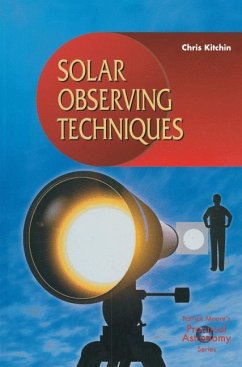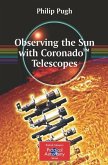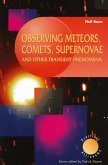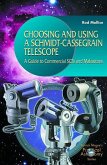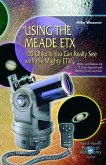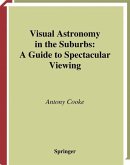The purpose of this book is to introduce the reader to the numerous safe methods of observing the Sun and solar eclipses, and to suggest objects and features to observe and observing programmes to follow. So much energy comes from the Sun that by failing to observe safe working practices it is possible to damage your eyes or equipment. The care that is needed is emphasised throughout the book. Always make sure that you have read the whole of a section or chapter before starting any observational work. However in warning when care is needed in observing, there is a danger of scaring people off observing the Sun altogether. Let me emphasise therefore that observing the Sun can be done in complete safely, providing that the precautions discussed in the book are followed. The Sun then provides one of the most interesting objects in the sky for an astronomer to study at all times, and during a total solar eclipse becomes uniquely fascinat ing to both astronomers and the general publicalike. So take heed of the warnings given here but do not let them stop you trying out the safe observing methods. I wish you clear sunny skies and many hours of fun. Chris Kitchin Hertford, 2001 Acknowledgements I would like to thank Dr Ralph Chou for his help in supplying details of filters and of sources of further information on them.
Hinweis: Dieser Artikel kann nur an eine deutsche Lieferadresse ausgeliefert werden.
Hinweis: Dieser Artikel kann nur an eine deutsche Lieferadresse ausgeliefert werden.
From the reviews:
"This book is part of a series aimed at the newcomer to astronomy. In many respects the author fulfills this aim very well ... . The book is well illustrated with drawings and photographs - over 30 of which are in colour. ... If ... you are keen on becoming a solar observer, make a space on your bookshelf for this book. Or if, like me, you are established in solar observing, keep it as a reference for when you take up CCD imaging ... ." (Brian Halls, Astronomy Now, April, 2002)
"This book forms part of Patrick Moore's Practical Astronomy Series ... . it discusses the safety precautions that need to be taken in such a way as to be informative and not to scare someone from making solar observations. ... The book also gives sufficient information for someone, for example, to attempt taking photographs or CCD images of the Sun. ... I think this book will encourage amateur astronomers to take up solar observing ... ." (Peter Meadows, The Astronomer, Vol. 38 (450), 2001)
"This book deserves to be in every observational astronomer's possession. In just over 200 pages, excellent and clear descriptions, advice on solar observing methods - most of them within the reach of amateur astronomers - are given. ... The many illustrations and diagrams are all relevant and well chosen, as are the (not too many!) equations. ... This book is wonderful value and should encourage all amateur astronomers to observe our nearest star. A nice, warm welcome to this book." (Richard Bailey, Popular Astronomy, October, 2001)
"This book is part of a series aimed at the newcomer to astronomy. In many respects the author fulfills this aim very well ... . The book is well illustrated with drawings and photographs - over 30 of which are in colour. ... If ... you are keen on becoming a solar observer, make a space on your bookshelf for this book. Or if, like me, you are established in solar observing, keep it as a reference for when you take up CCD imaging ... ." (Brian Halls, Astronomy Now, April, 2002)
"This book forms part of Patrick Moore's Practical Astronomy Series ... . it discusses the safety precautions that need to be taken in such a way as to be informative and not to scare someone from making solar observations. ... The book also gives sufficient information for someone, for example, to attempt taking photographs or CCD images of the Sun. ... I think this book will encourage amateur astronomers to take up solar observing ... ." (Peter Meadows, The Astronomer, Vol. 38 (450), 2001)
"This book deserves to be in every observational astronomer's possession. In just over 200 pages, excellent and clear descriptions, advice on solar observing methods - most of them within the reach of amateur astronomers - are given. ... The many illustrations and diagrams are all relevant and well chosen, as are the (not too many!) equations. ... This book is wonderful value and should encourage all amateur astronomers to observe our nearest star. A nice, warm welcome to this book." (Richard Bailey, Popular Astronomy, October, 2001)
